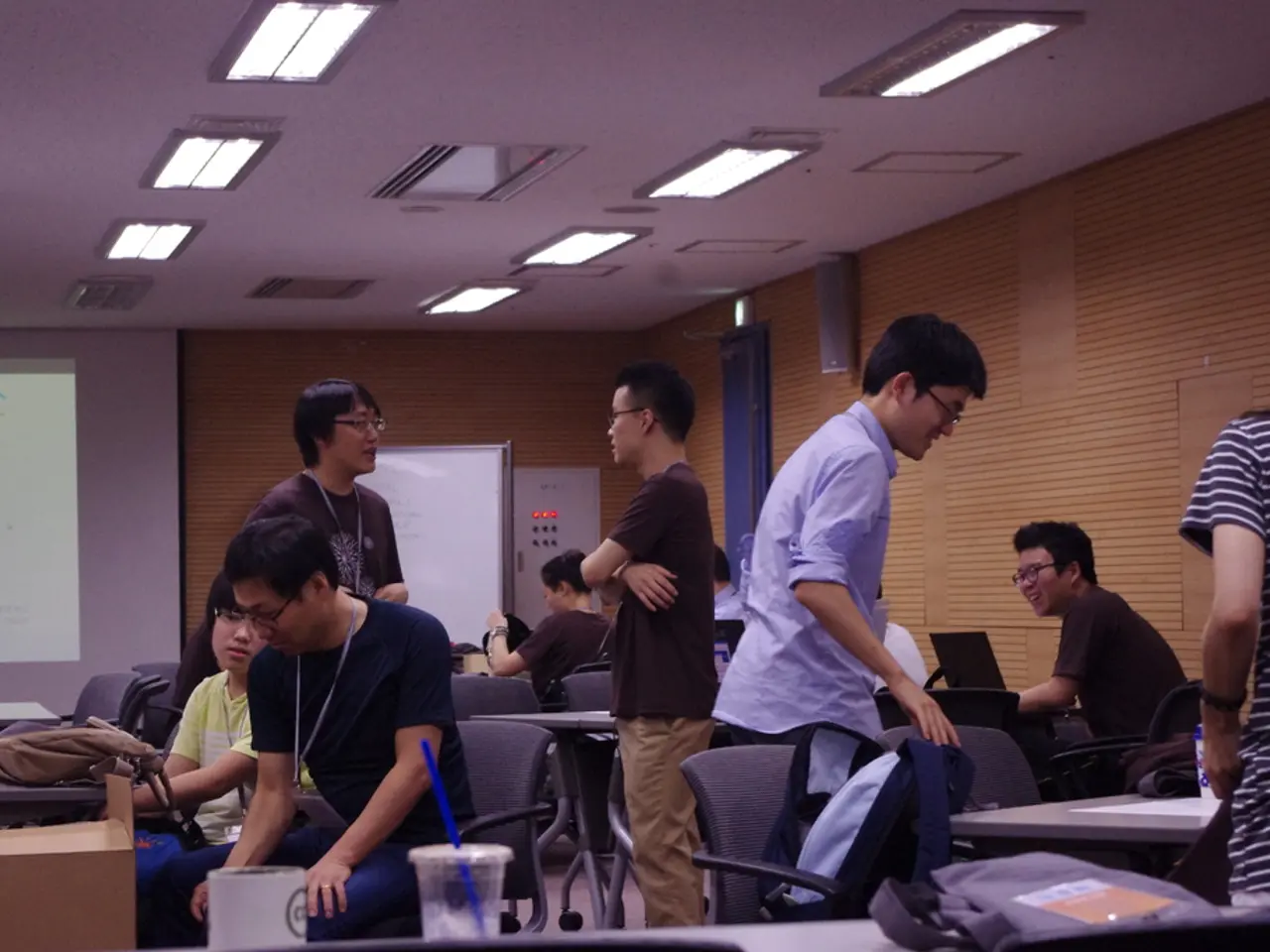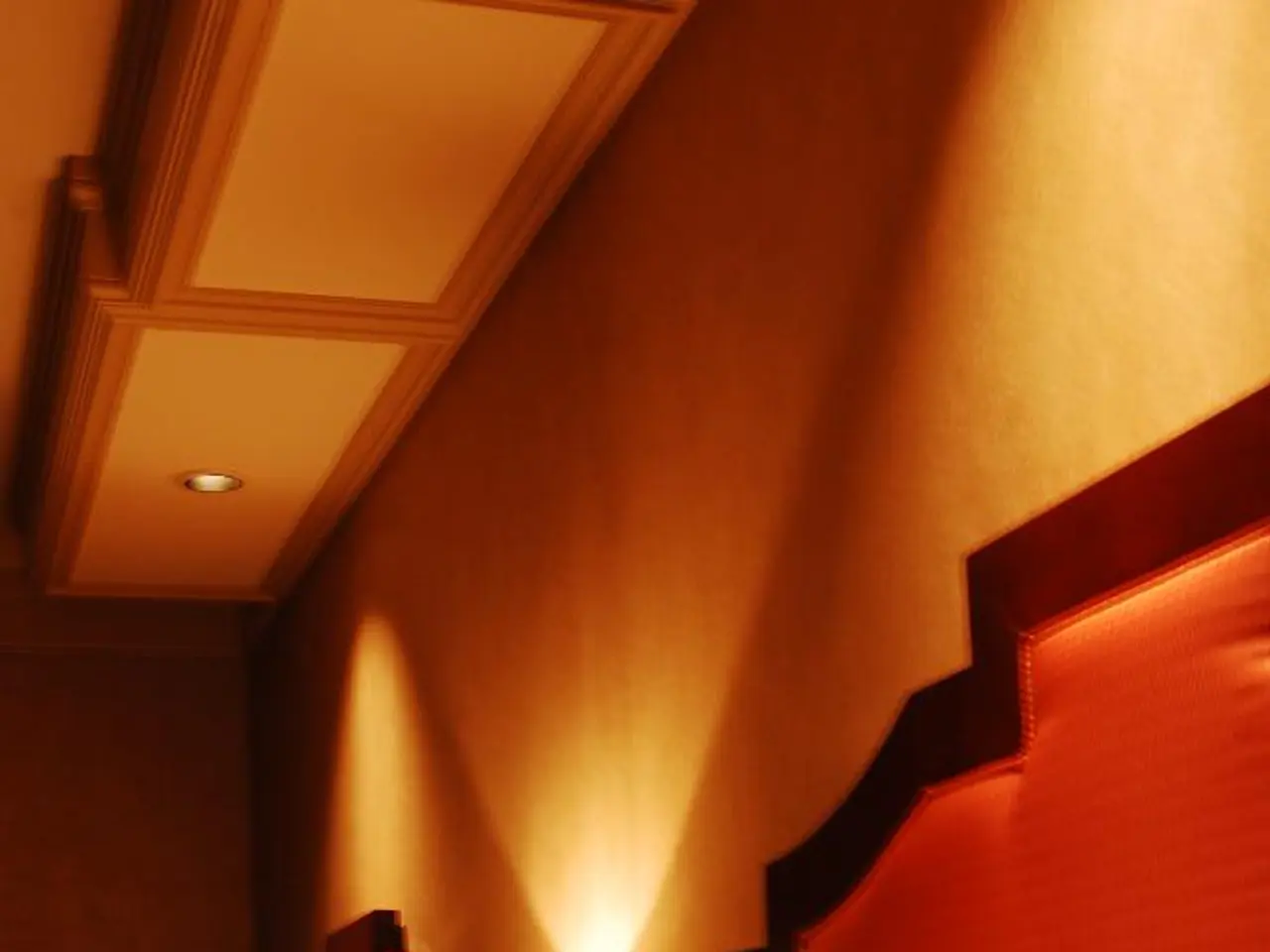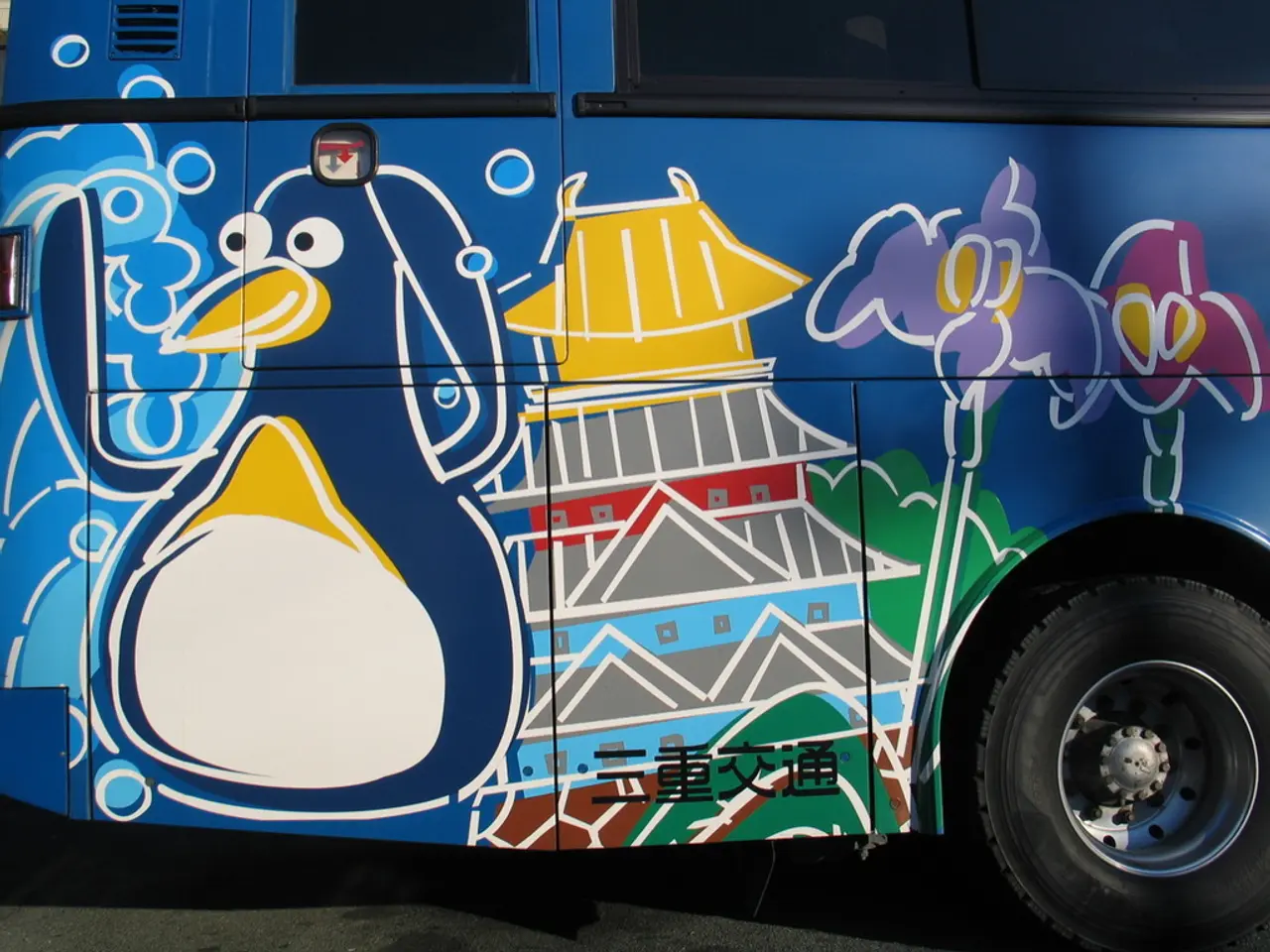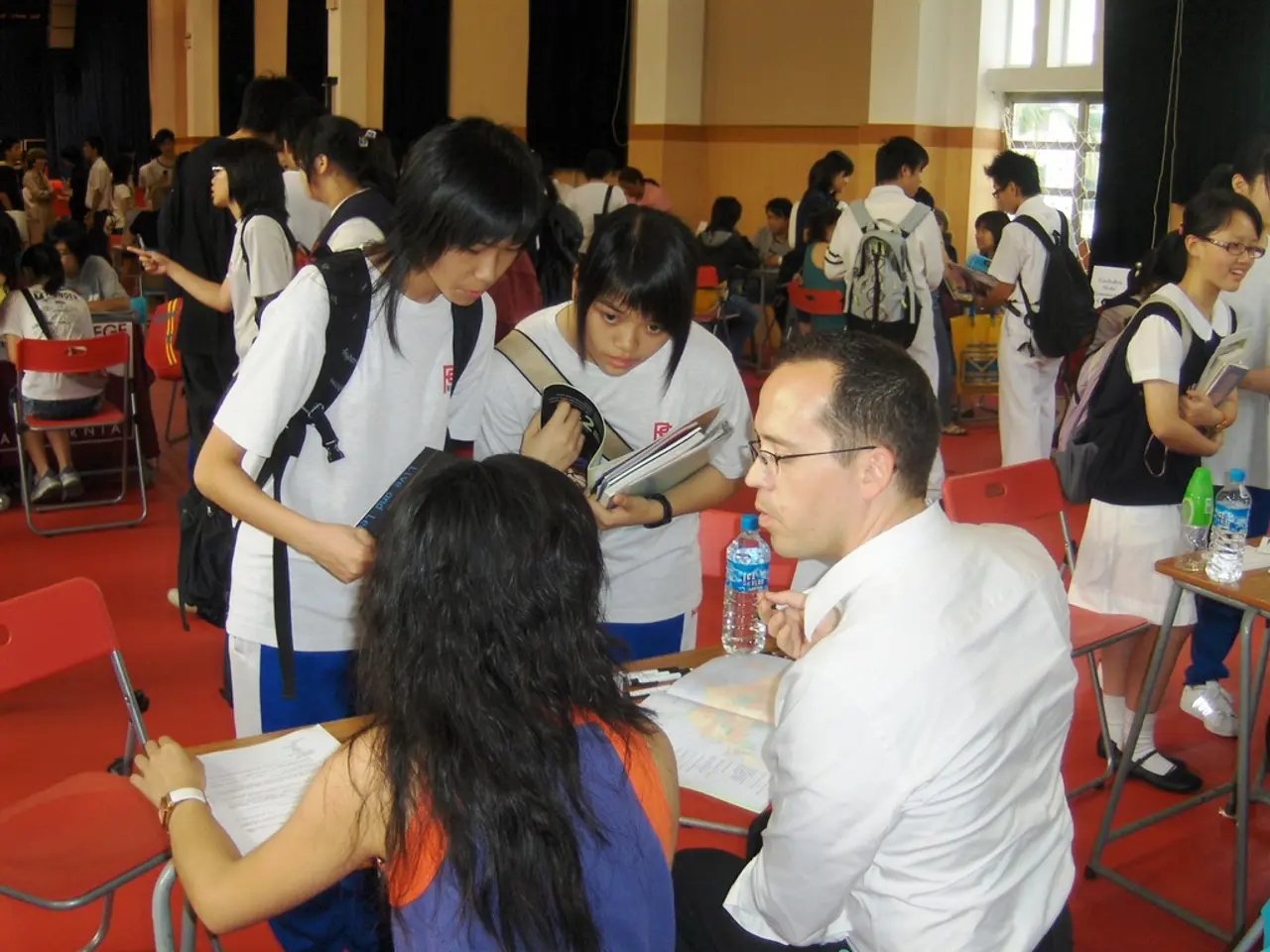Group Learning for Children at Museo Dei Bambini: Engaging in Educational Activities as a Team
In the vibrant and interactive world of Museo dei Bambini, the landscape of learning transforms as multiple children join in, turning solo walls into towering skyscrapers and spaceships. This is a testament to the central idea in social constructivism, known as the Zone of Proximal Development (ZPD), which refers to the range between what a child can do alone and what they can achieve with guidance.
As parents observe their children effortlessly connect with others in museums, demonstrating social skills like generosity and cooperation, they may wonder at the significance of these interactions. In a world that increasingly values collaboration, communication, and emotional intelligence, giving children space to learn together may be one of the most important gifts we can offer.
Social constructivism, a theory rooted in the work of Russian psychologist Lev Vygotsky, posits that cognitive development is shaped through social interaction. According to Vygotsky, children grow through interaction, not just with adults, but with each other. This theory suggests that knowledge is constructed through social interaction, dialogue, and shared experiences within authentic social contexts.
Research has consistently demonstrated that social learning enhances both cognitive and emotional outcomes, leading to higher achievement and deeper understanding compared to solitary learning. A 2019 study published in Child Development found that frequent back-and-forth conversations with adults significantly predict vocabulary growth and more advanced sentence use in young children.
Collaboration helps children push their thinking further, leading to explanations, better questions, and deeper reflection. Older children often guide younger ones in collaborative activities, modeling skills, empathy, patience, and leadership. Peer collaboration is powerful because it allows children to operate just beyond their current abilities, stretching into new skills with support, then mastering them independently.
Inclusive and equitable learning environments are promoted by social constructivist approaches, facilitating equitable participation and valuing diverse voices. This not only benefits cognitive outcomes but also supports emotional development by fostering a sense of belonging and validation in young learners.
The evidence supporting the effectiveness of social constructivism and collaborative learning in cognitive and emotional development, especially in early childhood settings, is robust and multifaceted. A 2021 study published in Frontiers in Psychology found that structured, play-based social interaction significantly improves executive functioning in preschoolers, particularly working memory and cognitive flexibility.
Museum exhibits like Line Logic, Dinosaur Bones, Wall Run, and Colorku are designed to encourage collaboration, promoting invention, testing, and revision, as well as social reciprocity. Mega Magnet Tiles allow children to negotiate structure size, symmetry, and role-sharing, while Colorku encourages children to work side by side to complete color patterns, fostering logical thinking, turn-taking, and respectful disagreement.
In conclusion, empirical and theoretical evidence converges to show that social constructivism and collaborative learning create rich environments that promote cognitive growth, critical thinking, and emotional development in early childhood by harnessing the power of social interaction, dialogue, and shared meaning-making in learning communities. By fostering an environment where children can explore ideas together, we are not only nurturing their understanding and skills but also fostering a love for learning and collaboration that will last a lifetime.
- In the bustling and collaborative environment of a children's museum like Museo dei Bambini, skills such as artistic expression can be amplified when children work together, creating a symphony of shared creativity.
- Supplementing education-and-self-development with collaborative learning experiences, such as those found in museum settings, aligns with the principles of lifestyle choices that prioritize emotional intelligence and communication skills.
- Engaging in collaborative art projects at a museum, like Colorku, allows the bambini to improve their cognitive skills through logical thinking and work together, reinforcing the educational benefit of social constructivism.




